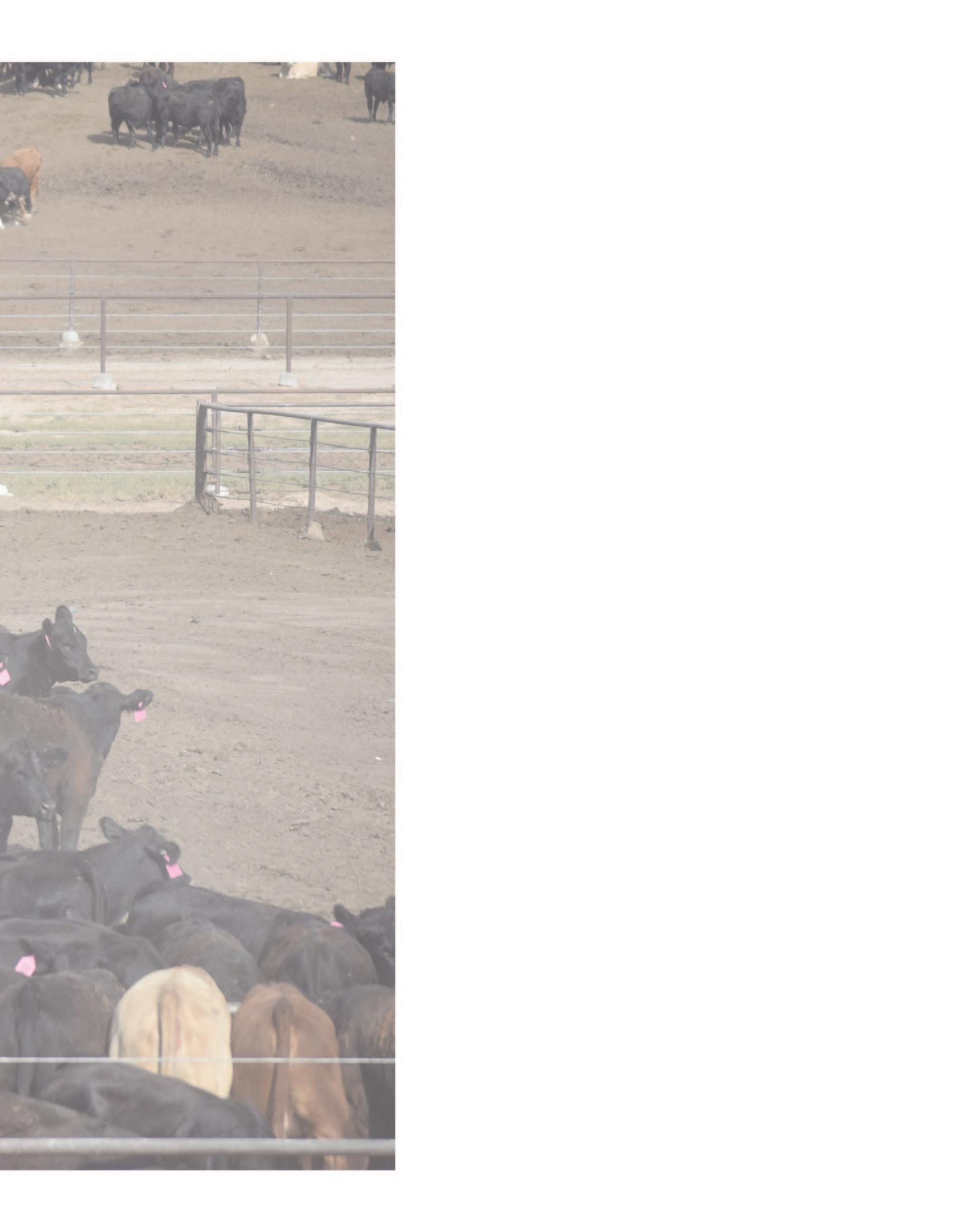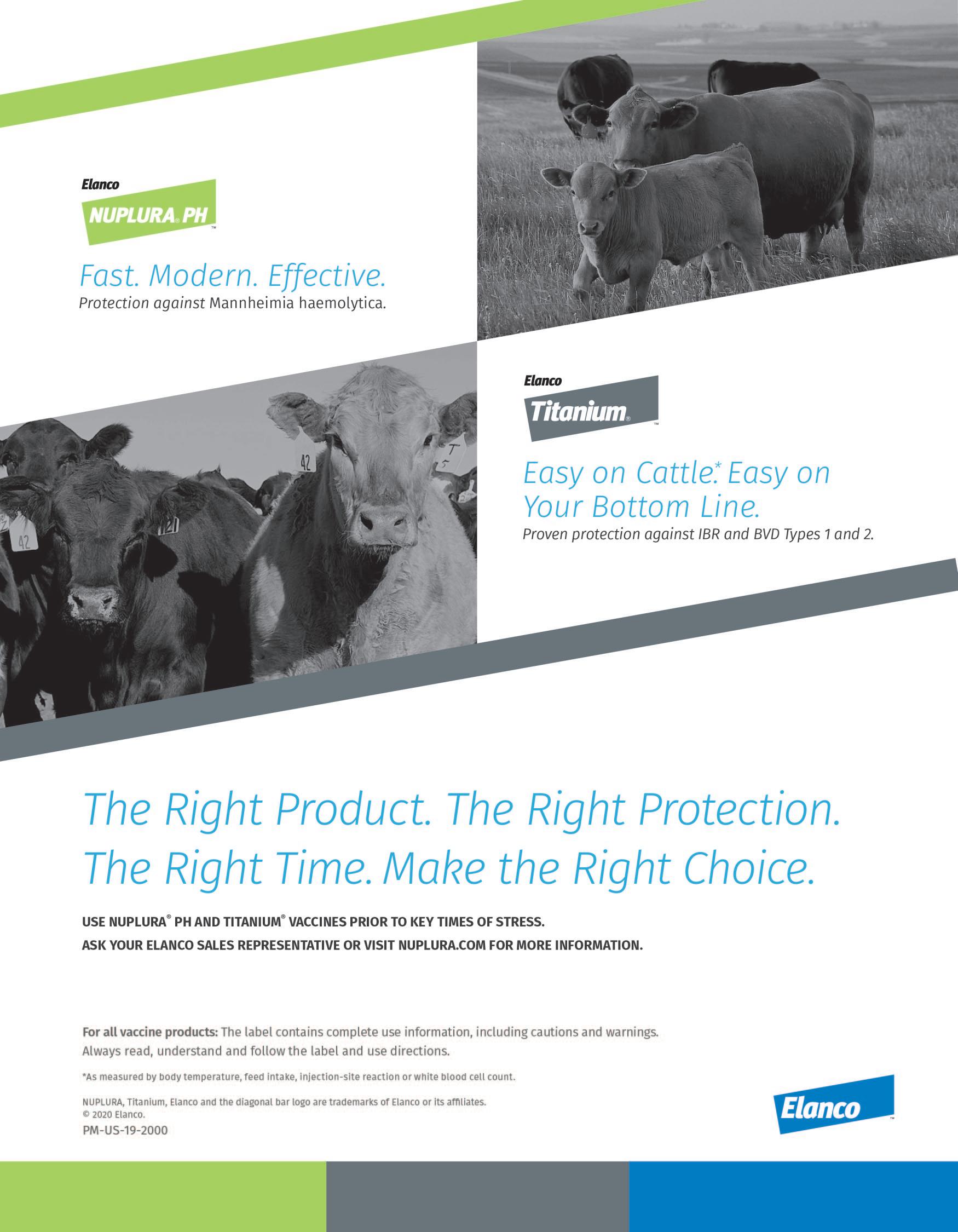
2 minute read
the importance of fundamentals
By: Ted Howard, Production Animal Consultation
“
This is a football.” The statement legendary football coach Vince Lombardi said to his Green Bay Packers football team the first day of spring practice in 1961. They had lost the NFL Championship to the Philadelphia Eagles a few months prior. Coach Lombardi took nothing for granted; he started from scratch assuming the players were blank slates and started over at the beginning. His methodical coverage of the fundamentals of blocking, tackling, playbook ex pec tations, and more led his Green Bay Packers to the NFL Championship with a 37-0 win over the New York Giants later that season.
I struggled to find a “new” topic to discuss in our horsemanship article for this issue of the magazine. After thinking about horsemanship, I realized, much like Coach Lombardi, it is all about mastering the fundamentals that we discuss in these articles as well as during my visits. When we focus on the basics, we take small steps to advance our skills to meet our goals.
Meeting your horse each morning in a positive manner is very important. This basic partnership mindset sets up the rest of your day for success. Treating your horse as a partner instead of a tool ensures a day of teamwork and accomplishment.
When your horse does not step to meet you each morning, he is trying to tell you something. He may have a physical soreness or exhaustion that needs to be addressed. He may be hesitant to be ridden due to some previous bad experiences. Therefore, ending your day on a positive note is very important. Letting your horse cool down, washing any mud from his legs, and brushing him are simple fundamentals that help end the day in a good manner.
When I consider fundamentals, understanding the three parts of the horse that we must be able to move is near the top of the list. Our horse must be able to move their front end, rib area and hind quarters from slight pressure from our feet. Working from our feet keeps our hands soft and less pressure in the horse’s mouth.
Focusing on our hands and the ability to release pressure in our horse’s mouth is a very important fundamental to master. The headset of our horse is critical to the success of moving our cattle quietly. Our horse’s low headset indicates the confidence and comfort of our horse, which establishes trust in our cattle.
A stockmanship fundamental that is sometimes hard to understand is that when we slow our horse’s speed the cattle will slow down as well. It is our first instinct to match our horse’s speed with the speed of the cattle we are working. Before we know it, we are all moving out of control. Cattle want to see you and your horse, so riding directly behind them is not comfortable for the cattle. Riding out to their side in their line of vision helps them to take direction easier.
These basic fundamentals are essential for successful feedyard work. Being able to move the front end of our horse at the appropriate speed for the situation with a low headset helps to move a sick animal from their pen quietly. Moving our horse sideways from pressure on their rib helps to release or add pressure smoothly to cattle. Being able to move our horse’s hip when we are working with cattle in an alley or Bud box helps to manage the flow of the cattle in a low-stress manner.
So, no matter if you are working in a feedyard or on the gridiron, mastering the fundamentals will set you up for success. Therefore, please do not be offended the next time we meet if I say, “This is a horse!”













